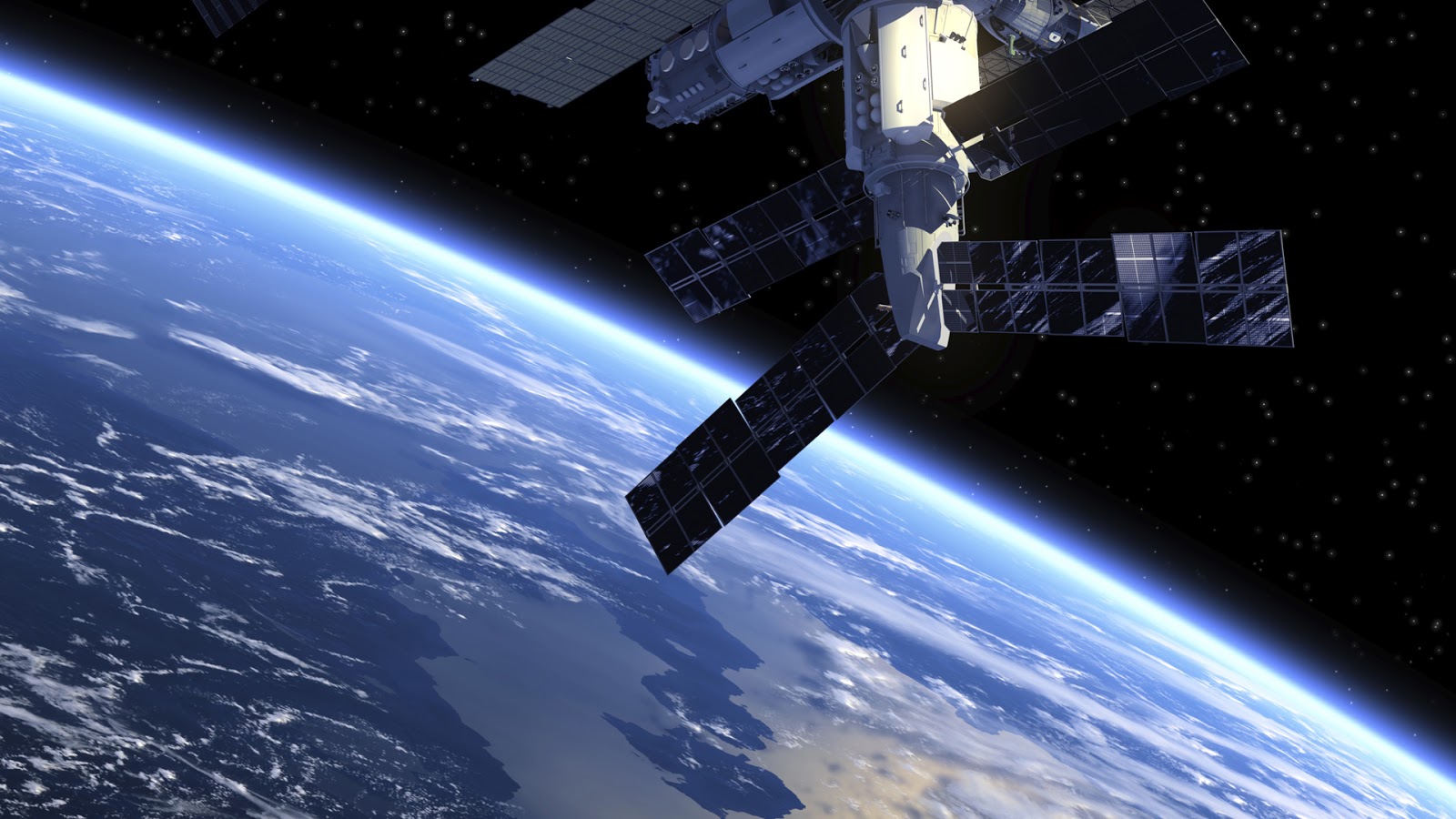
%20(26).jpeg)

Tim is a former Apache pilot, flight instructor, test pilot and current European Space Agency astronaut. Tim's lively stories about life in space appear alongside these photographs, including the tale from which the title is taken: his famous wrong number dialed from space, when he accidentally called a stranger and asked: "Hello, is this planet Earth?" With this truly unique perspective on the incredible sights of our planet, Tim demonstrates that while in space, hundreds of miles above his friends and family, he never felt closer to home. Tim captures the majesty of the cosmos and of the planet we call home: breath-taking aerial photos of the world's cities illuminated at night, the natural beauty of the northern lights, and unforgettable views of oceans, mountains, and deserts. During his historic mission, he captured hundreds of dazzling photographs, the very best of which are collected here.

During his six-month mission to the International Space Station, astronaut Tim Peake became the first British astronaut to complete a spacewalk - and, perhaps more astonishingly, the first to run an entire marathon in space. What a sensation it must be to “feel” a storm passing by the Earth’s system.The #1 international bestseller: An astronaut's tour of our planet from the heavens, featuring 150 mesmerizing photographs (with commentary) from the International Space Station. A solar storm passing by the Earth can be indirectly witnessed by astronauts aboard the ISS via a drop in the count of cosmic rays, also known as the “ Forbush decrease”.

Solar storms, which have a strong magnetic structure, act as a shield against cosmic rays. Astronauts regularly see flashes of light when they close their eyes, which is thought to be caused by cosmic rays interacting with body parts that play role in vision, such as the optic nerve or visual centres in the brain. Since the ISS sits outside this protected zone, its astronauts are much more likely to be struck by the particles. Most cosmic rays do not penetrate in the thick atmosphere of the Earth. If they pass into the body they can damage tissue and break DNA, causing various diseases over the course of time. These energetic sub-atomic particles come from intense astronomical sources such as exploding stars or black holes. Galactic cosmic rays aren’t really a phenomenon you can see. This typically produces green and red, ribbon-like curtains. Then when they return from their excited state, these atoms emit light of different colours indicative of the amount of energy they absorbed. When they enter the upper layer of the Earth’s atmosphere, these energetic particles excite nitrogen and oxygen atoms present at these altitudes. Time lapses showing the ISS travelling through auroras


 0 kommentar(er)
0 kommentar(er)
